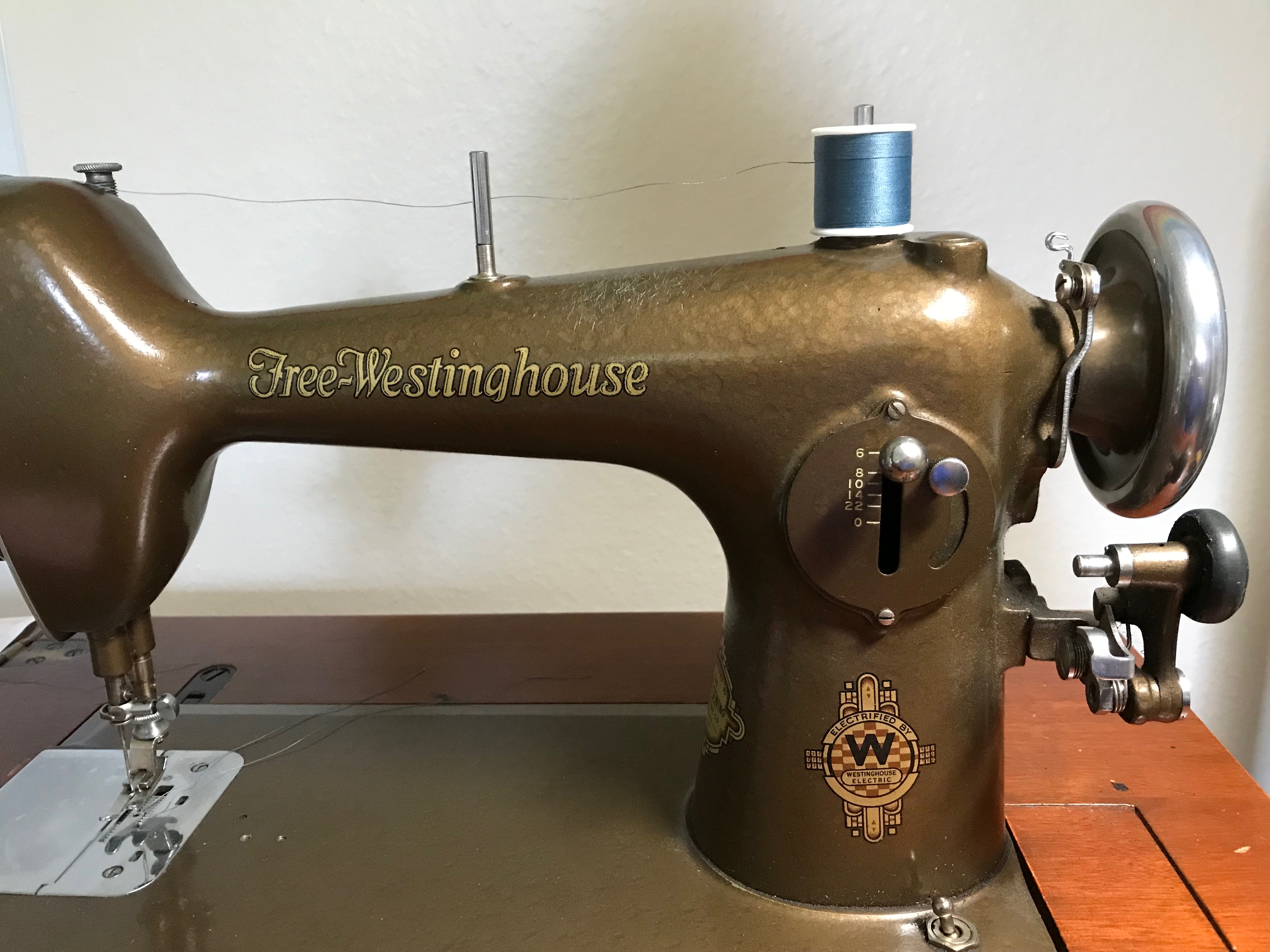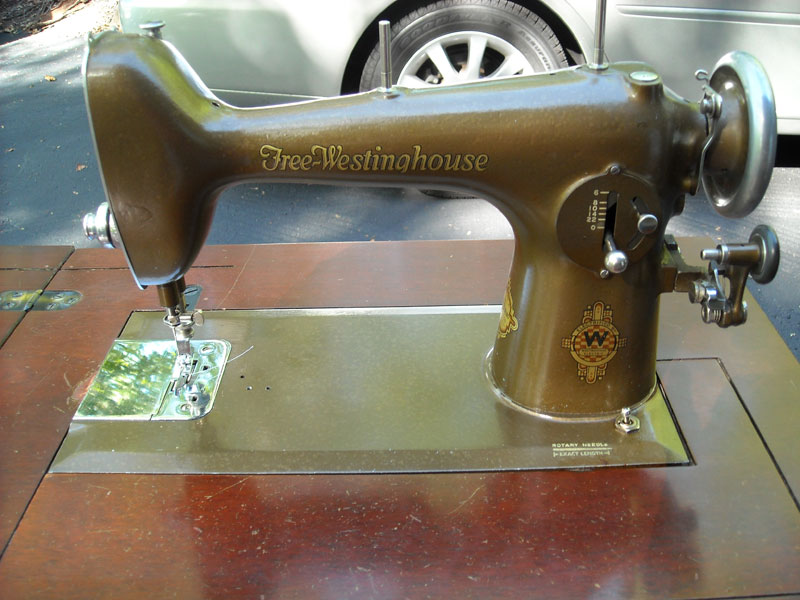
Does anyone know where i can find information such as serial numbers etc on a free westinghouse sewing machine. I have what i think are the serial. Toy Sewing Machines. By New Home or Free Westinghouse and want to know the year of manufacture, please send the serial number to the New Home Sewing Machine.
Free Westinghouse electric sewing machine. Manufactured by The Free Sewing Machine Company, Rockford, IL. Based on the serial number it appears to be a late 30s model. It is missing the table it originally sat on.
There are several varieties but all are quite collectible. Condition is a huge factor in older stamps like these. If the stamp is damaged in any serious way- i.e. Thin spots, tears, missing corners, its values drops tremendously- hard to sell at any price. Centering is also very important, but sound stamps that are badly centered are still worth something. Bottom line, if the stamp is sound and nicely centered, the cheapest used varieties retail for around $150 and mint with full gum for around $1500 or more.
Westinghouse Sewing Machine Serial Numbers
- .It was made by the Free Sewing Machine Co. In Rockford, Illinois, USA.It is a model 303 according to the badge.There is a patent number stamped on one of the silver discs on the back: PAT 407045.The badge reads Free-Westinghouse.
- Antique Sewing Machine: Royal Electric, Westinghouse Electric & Mfg. 110 Volts DC to 70 Cycles A.C. 281650 East Springfieldworks Springfield, Mass.USA sERIAL #ME21182 read more Judith-on-Antiques.
Extremely fine copies are worth much more. Dealers of course buy for much less than they sell for.
Older sewing machines are not very valuable. In years past, almost every home had one. Now, older sewing machines are going on the market more and more often, as fewer people sew their own clothes.
Even the very old machines are not very valuable because they are heavy and large, and there just aren't enough buyers for them. The exception is the Singer Featherweight, a smaller machine made by Singer and these continue to bring prices in the hundreds at auction. The serial number is not the most important piece of information about your machine. The model name or number is helpful, as is the year it was made.
However, the most important information a potential buyer will want to know is the condition of the machine. Does it work? Is any part broken or badly worn?
Highest prices are for the machines in tip top condition, like new, like they were hardly used. Broken machines have much lower values.
ISMACS is an organization totally independent of all sewing-machine manufacturers, past or present and is not affiliated with any of the companies mentioned in these pages. Please Note: Do not contact any ISMACS official in an attempt to solicit a valuation - it is not possible other than by hands-on assessment and your request will be ignored.
All rights reserved by ISMACS INTERNATIONAL, under International and Pan American copyright conventions. Reproduction or copy of this page, in any form, in part or in whole, is strictly prohibited, without prior, written permission.
|
Oiling diagram for the sewing machine head
Parts diagram for The Free sewing machine head
Free Westinghouse Sewing Machine Value
Threading diagram for The Free
The Free vibrating shuttle sewing machine head (Courtesy of Bobbie Kopf)
Underside view of The Free sewing machine (Courtesy of Bobbie Kopf)

 View of The Free sewing machine in a treadle cabinet (Courtesy of Bobbie Kopf)
View of The Free sewing machine in a treadle cabinet (Courtesy of Bobbie Kopf)Illustration of a Victorian woman readying the machine for use (Courtesy of Bobbie Kopf)
Side view of The Free sewing machine cabinet (Courtesy of Bobbie Kopf)
Close-up shot of throat plate area
The Free Elgin sewing machine (Photo courtesy of G. Bethel)
The Free sewing machine (Photo courtesy of G. Bethel)
 The Free McCaskill sewing machine (Photo courtesy of G. Bethel)
The Free McCaskill sewing machine (Photo courtesy of G. Bethel)The Free sewing machine (built-in motor) (Photo courtesy of G. Bethel)